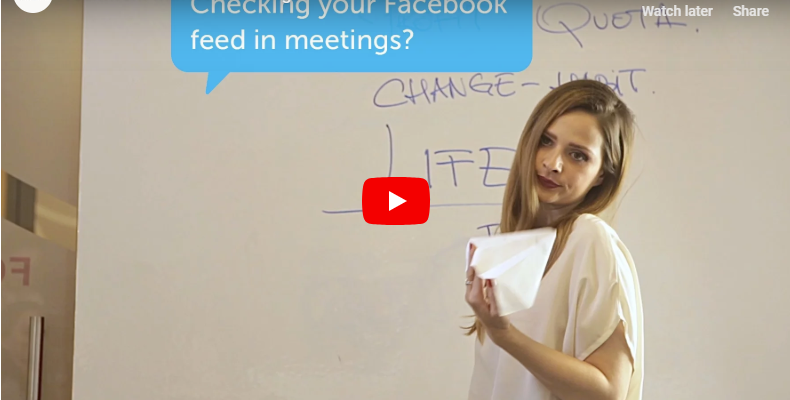He who never dreamed of working remotely from a beach in Bali, let him cast the first stone! But is this way of work as productive as sharing the same office? There are a lot of voices out there promoting the “death of the desk job
Irina Nica' Post
Instead of showing up for every meeting invitation we get, how about we try a new gimmick and decline some of the invitations? But how to choose which meeting to attend and which to avoid? I looked for the most obvious signs of an unproductive meeting and here’s what I found.
One Harvard Business Review report
Studies have shown that breaks are highly important for your overall productivity at work and for your focus
Answering emails and phone calls, sending feedback, attending meetings – if this is the kind of situation you face every day, you’ll be happy to know there’s a better, more productive way to communicate with your team. Let’s see how you can gain more control of your time and reduce the number of disturbing factors.
You probably noticed it too; there is no one-size-fits-all when it comes to turning unproductive teams into highly productive ones. Fortunately, “teams” have been the subject of near-constant study in recent years so we have a lot of data we can use to improve our performance. Take a look at what I found to be working.

Get more done and limit unnecessary distractions at work 🙂 We all agree that is important. And it’s not just because we work more than half of our waking hours, but also due to the amount of time we spend not doing our actual job. We put in less time writing, creating, coding, designing, or whatever we’re good at than sitting in meetings, emailing, briefing and debriefing, giving feedback. All in all, we spend a lot of time doing everything we can so that, at the end of the day, the whole team is on the same page.
